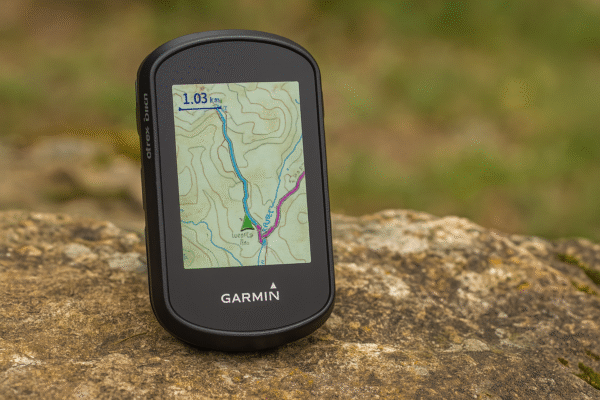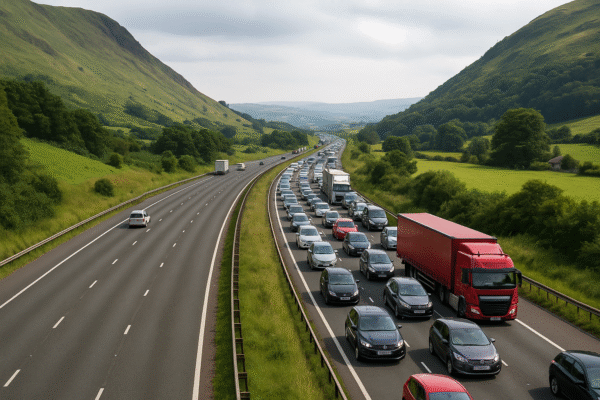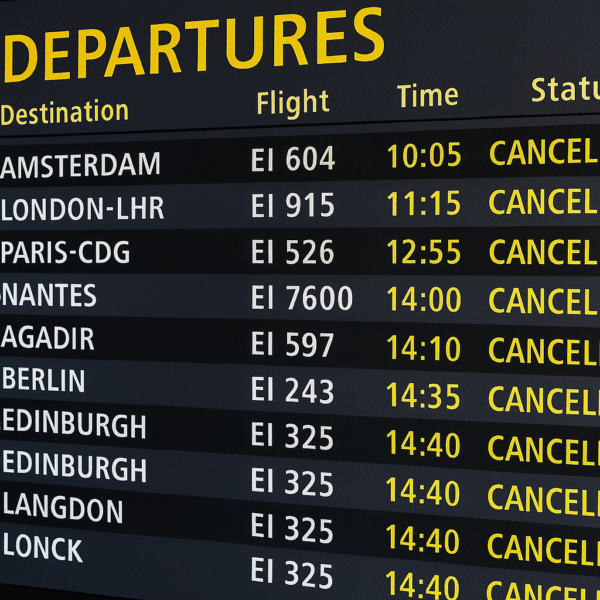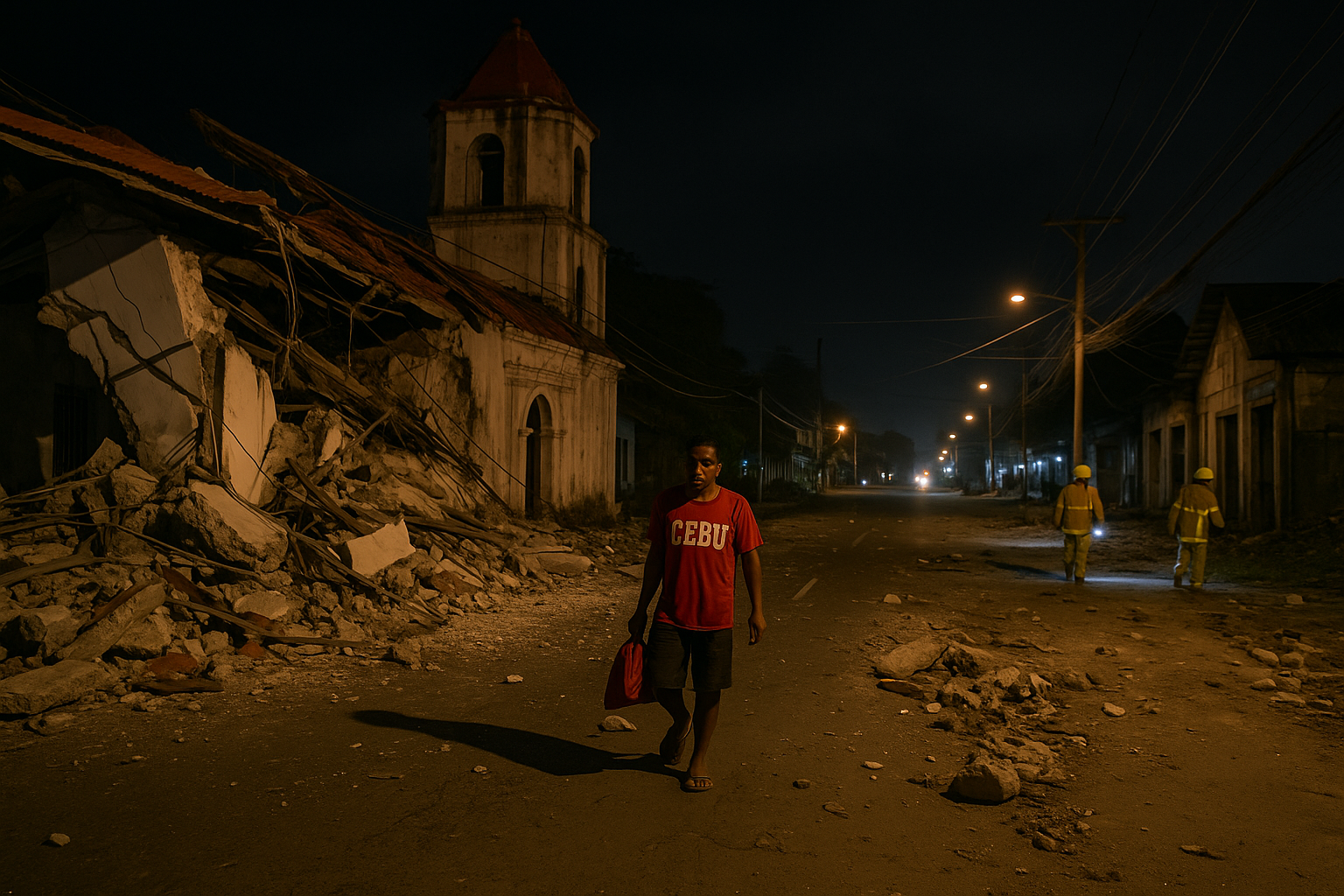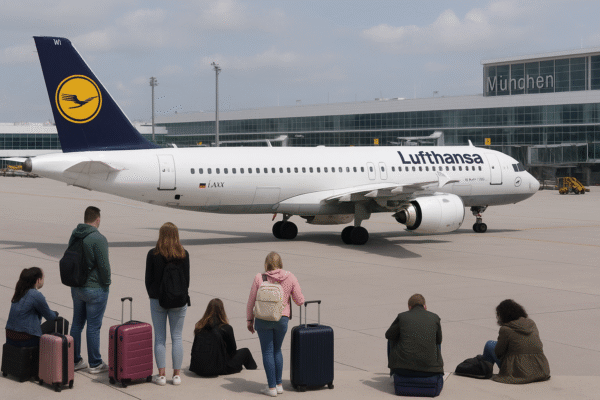Kamakura, in Japan’s Kanagawa Prefecture, has long attracted visitors with its temples, coastal views, and rich history. Among its most photographed landmarks is the railway crossing near Kamakura-koko-mae Station on the Enoshima Electric Railway Line, or Enoden. Popularised globally through the anime Slam Dunk, the crossing became a must-see location where fans and tourists gather to recreate the famous scene of a train passing along the seaside.
Yet what began as a charming attraction has become a logistical challenge. The surge in visitors—both domestic and international—led to overcrowding, safety concerns, and disruptions to daily commuting. Locals found themselves navigating congested streets and blocked crossings, while the railway operator struggled to maintain smooth operations amid heavy foot traffic.
Overcrowding Challenges
At peak times, hundreds of tourists gather throughout the day at the small but iconic crossing. Many stand on the road or dangerously close to the tracks, attempting to capture the perfect photo. This not only raised the risk of accidents but also created inconvenience for commuters and residents who rely on the railway and surrounding streets.
During major holiday seasons, the issue intensified, with crowds spilling over into nearby roads and creating traffic bottlenecks. Residents expressed frustration at how their daily routines were disrupted, prompting Kamakura City to seek practical solutions that could safeguard safety without dampening the appeal of tourism.
Trial Measures for Safer Tourism
In September 2025, Kamakura City introduced a four-day trial plan to tackle congestion at the crossing. Running from September 13 to 16, the initiative aimed to ease pressure on the site while preserving its tourism value.
A central element of the plan was the creation of a designated photography area in a park west of the crossing. Offering a nearly identical view to the iconic scene, this new space provided visitors with a safe location to take photos without obstructing trains or road traffic. By redirecting tourist activity, the city hoped to reduce risks and improve flow around the station.
City Officials and Staff on the Ground
To ensure smooth implementation, twelve staff members were deployed around the area, including two Chinese-speaking interpreters to assist international visitors. Their role extended beyond crowd guidance—they reminded tourists not to block the tracks, directed them toward the official photo spot, and promoted proper etiquette.
The city also installed trash bins and temporary facilities in the park to encourage cleanliness. Waste levels were monitored daily to assess the environmental impact of the trial. By addressing safety, organisation, and littering simultaneously, Kamakura aimed to create a more sustainable tourism experience.
Community Perspectives
Local reactions to the trial were mixed. Some residents welcomed the move, acknowledging the benefits of improved safety and smoother daily life. They appreciated that the city was actively addressing the problem rather than letting it escalate.
Others, however, expressed concerns that the official photo spot might attract even larger crowds. A few residents worried that the park, previously a quiet retreat, would become overrun with tourists. Environmental concerns also surfaced, particularly after some trees were removed to create space for the new photo area. Critics feared that such changes could erode the natural charm of Kamakura in the long run.
Despite these reservations, many recognised the effort as an important step toward finding balance between preserving tourism and protecting community life.
A Step Toward Sustainable Tourism
The trial measures reflect Kamakura’s growing focus on sustainable tourism management. With visitor numbers steadily increasing each year, the city faces the challenge of maintaining its cultural and historical allure while avoiding the pitfalls of overtourism.
Officials are now reviewing feedback from both tourists and residents to decide on long-term strategies. Options include improved multilingual signage, enhanced infrastructure around the station, and permanent photo zones designed to minimise disruption. The city aims to ensure that Kamakura remains welcoming while also livable for its residents.
Lessons from the Trial
Kamakura’s trial demonstrates the importance of active crowd management in popular tourist destinations. By guiding visitors to safe spaces, deploying multilingual staff, and addressing waste issues, the city showcased a proactive model for balancing tourism with community well-being.
For tourists, the message is clear: visit responsibly. Travelers are encouraged to avoid peak times, respect designated photo zones, and follow local etiquette. By doing so, they can enjoy Kamakura’s beauty while contributing to a more sustainable tourism environment.
Conclusion: Preserving Charm While Welcoming Visitors
The railway crossing near Kamakura-koko-mae Station remains one of Japan’s most recognisable travel icons. But as its popularity continues to grow, the city must balance global attention with local needs. The recent trial is a step toward preserving Kamakura’s cultural landscape while ensuring safe and enjoyable experiences for visitors.
Ultimately, Kamakura’s story is one of adaptation. By embracing innovative crowd-control measures and listening to its community, the city is shaping a future where tourism thrives without compromising the quality of daily life. For both residents and travelers, this balance will be key to sustaining the charm and significance of Kamakura for generations to come.
For more travel news like this, keep reading Global Travel Wire



